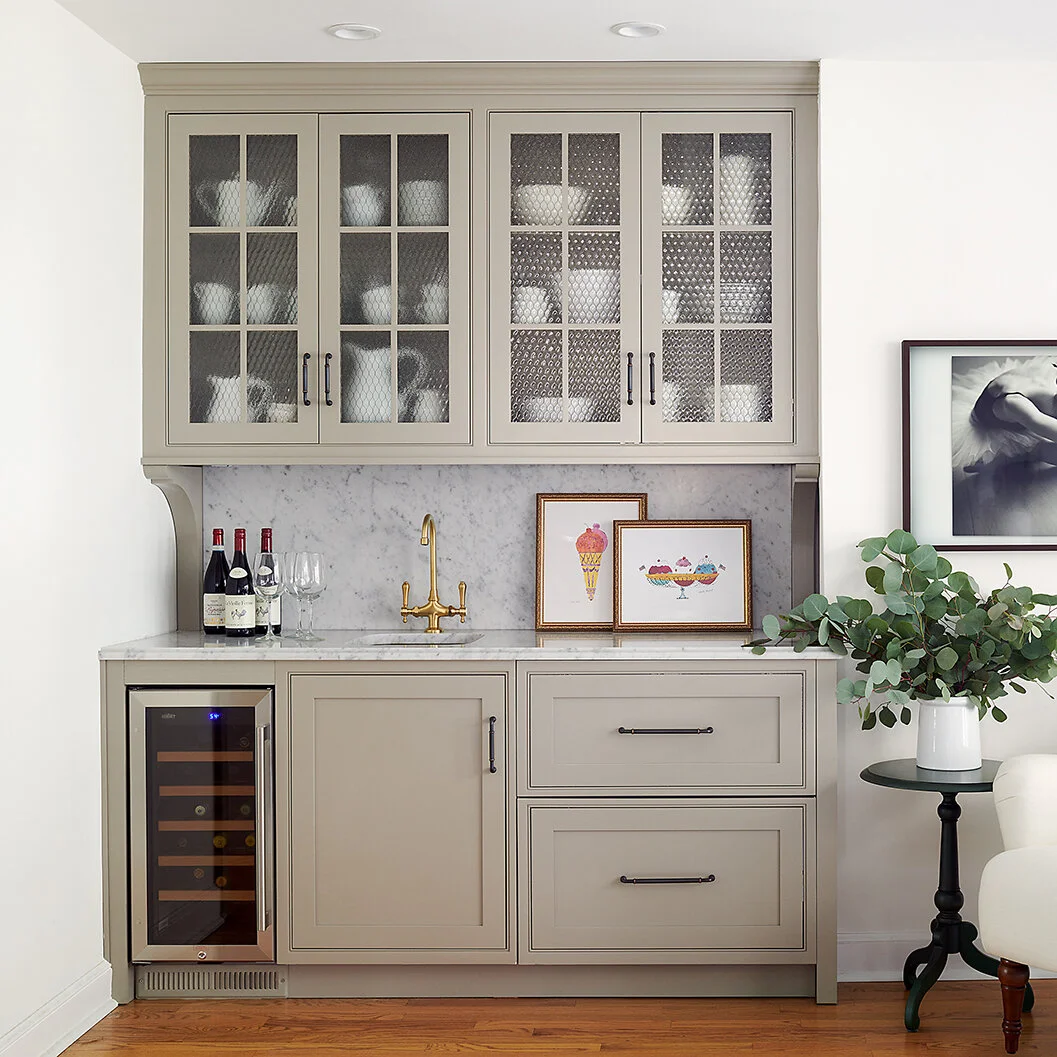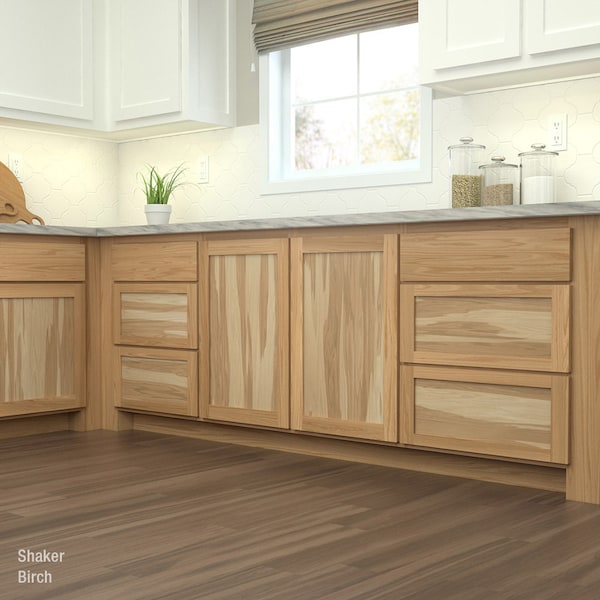All Categories
Featured
In home layout, door placement typically takes a rear seat to bigger building decisions, yet it plays a pivotal duty in forming how a residence operates and really feels. Proper door positioning guarantees that areas are reliable, cosmetically pleasing, and conducive to a comfy lifestyle. Here's an extensive take a look at the science behind door placement and why it should have more interest in the layout procedure.
Doors are the portals that attach one area to one more, and their positioning must promote smooth movement throughout the home.
Trick Considerations:
Sensible Pathways: Setting doors to line up with natural website traffic patterns. For example, a cooking area door need to provide straight accessibility to the dining location to enhance daily routines.
Decreasing Challenges: Stay clear of positioning doors where furniture or architectural aspects may obstruct their swing or develop traffic jams.
Transitions: Usage doorways to mark transitions in between exclusive and public areas, such as corridors bring about bed rooms.
The positioning of doors can significantly influence how light and air distribute within a home, adding to its general ambiance and energy performance.
Placement Strategies:
Cross-Ventilation: Area doors contrary windows or various other openings to advertise air movement, specifically in cozy climates.
Sunlight Optimization: Consider the orientation of exterior doors to record early morning or afternoon light, brightening insides normally.
Glass Doors: Utilize doors with glass inserts to enable light to infiltrate, enhancing illumination in adjacent spaces.
Strategic door positioning is important for maintaining personal privacy in key locations without endangering access.
Ideal Practices:
Bedrooms and Bathrooms: Position these doors far from high-traffic zones like living kitchen areas or areas to produce a sense of retreat.
Visitor Areas: For homes with guest collections, doors must provide both very easy gain access to and privacy for site visitors.
Key Entry: The front door must provide straight access to usual locations without disclosing way too much of the home's interior.
Beyond performance, doors play a considerable duty in the aesthetic comprehensibility of a room. Their placement and style ought to boost the home's aesthetic charm.
Style Tips:
Symmetry and Balance: Align doors symmetrically in shared spaces like hallways to create a sense of order.
Prime Focus: Use grand entry doors or one-of-a-kind styles as visual highlights.
Uniformity: Match door styles and finishes throughout the home for a cohesive look.
Door placement can influence a home's power effectiveness by managing warmth flow and insulation.
![]()
Energy-Saving Methods:
Shielded Doors: Use well-insulated outside doors to reduce power loss.
Wind Protection: Placement main doors far from prevailing wind directions or utilize vestibules to reduce drafts.
Zoning: Use doors to section off areas of the home for targeted heating or cooling.
![]()
In several societies, the placement of doors lugs symbolic meaning and can affect just how a home is perceived.
Instances:
Feng Shui: In this tradition, the front door's placement influences the circulation of "chi" or power, with guidelines stressing openness and equilibrium.
![]()
Directional Placement: In Vastu Shastra, an ancient Indian style approach, door orientation is thought to influence success and consistency.
Entry Statements: Grand entrances or intricately created doors can indicate warmth and friendliness.
Last Thoughts
Door placement is both a scientific research and an art. When intended appropriately, doors become extra than simply access points; they form the entire living experience.
- Enhancing Spatial Flow
Doors are the portals that attach one area to one more, and their positioning must promote smooth movement throughout the home.
Trick Considerations:
Sensible Pathways: Setting doors to line up with natural website traffic patterns. For example, a cooking area door need to provide straight accessibility to the dining location to enhance daily routines.
Decreasing Challenges: Stay clear of positioning doors where furniture or architectural aspects may obstruct their swing or develop traffic jams.
Transitions: Usage doorways to mark transitions in between exclusive and public areas, such as corridors bring about bed rooms.
- Making The Most Of Natural Light and Ventilation
The positioning of doors can significantly influence how light and air distribute within a home, adding to its general ambiance and energy performance.
Placement Strategies:
Cross-Ventilation: Area doors contrary windows or various other openings to advertise air movement, specifically in cozy climates.
Sunlight Optimization: Consider the orientation of exterior doors to record early morning or afternoon light, brightening insides normally.
Glass Doors: Utilize doors with glass inserts to enable light to infiltrate, enhancing illumination in adjacent spaces.
- Balancing Privacy and Availability
Strategic door positioning is important for maintaining personal privacy in key locations without endangering access.
Ideal Practices:
Bedrooms and Bathrooms: Position these doors far from high-traffic zones like living kitchen areas or areas to produce a sense of retreat.
Visitor Areas: For homes with guest collections, doors must provide both very easy gain access to and privacy for site visitors.
Key Entry: The front door must provide straight access to usual locations without disclosing way too much of the home's interior.
- Visual Assimilation
Beyond performance, doors play a considerable duty in the aesthetic comprehensibility of a room. Their placement and style ought to boost the home's aesthetic charm.
Style Tips:
Symmetry and Balance: Align doors symmetrically in shared spaces like hallways to create a sense of order.
Prime Focus: Use grand entry doors or one-of-a-kind styles as visual highlights.
Uniformity: Match door styles and finishes throughout the home for a cohesive look.
- Power Efficiency Considerations
Door placement can influence a home's power effectiveness by managing warmth flow and insulation.

Energy-Saving Methods:
Shielded Doors: Use well-insulated outside doors to reduce power loss.
Wind Protection: Placement main doors far from prevailing wind directions or utilize vestibules to reduce drafts.
Zoning: Use doors to section off areas of the home for targeted heating or cooling.

- Symbolic and cultural Influences
In several societies, the placement of doors lugs symbolic meaning and can affect just how a home is perceived.
Instances:
Feng Shui: In this tradition, the front door's placement influences the circulation of "chi" or power, with guidelines stressing openness and equilibrium.

Directional Placement: In Vastu Shastra, an ancient Indian style approach, door orientation is thought to influence success and consistency.
Entry Statements: Grand entrances or intricately created doors can indicate warmth and friendliness.
Last Thoughts
Door placement is both a scientific research and an art. When intended appropriately, doors become extra than simply access points; they form the entire living experience.
Latest Posts
Learn About Auto Services & More: Full Repair Options from Montclare Auto Repair
Published May 28, 25
1 min read
Uncover Reduce Expenses on Car Maintenance with Montclare Auto Repair’s Limited-Time Deals
Published May 24, 25
1 min read
The Benefits of Consistent Vehicle Maintenance at Montclare Auto Repair Keeps Your Wallet Happy
Published May 24, 25
1 min read
More
Latest Posts
Learn About Auto Services & More: Full Repair Options from Montclare Auto Repair
Published May 28, 25
1 min read
Uncover Reduce Expenses on Car Maintenance with Montclare Auto Repair’s Limited-Time Deals
Published May 24, 25
1 min read
The Benefits of Consistent Vehicle Maintenance at Montclare Auto Repair Keeps Your Wallet Happy
Published May 24, 25
1 min read